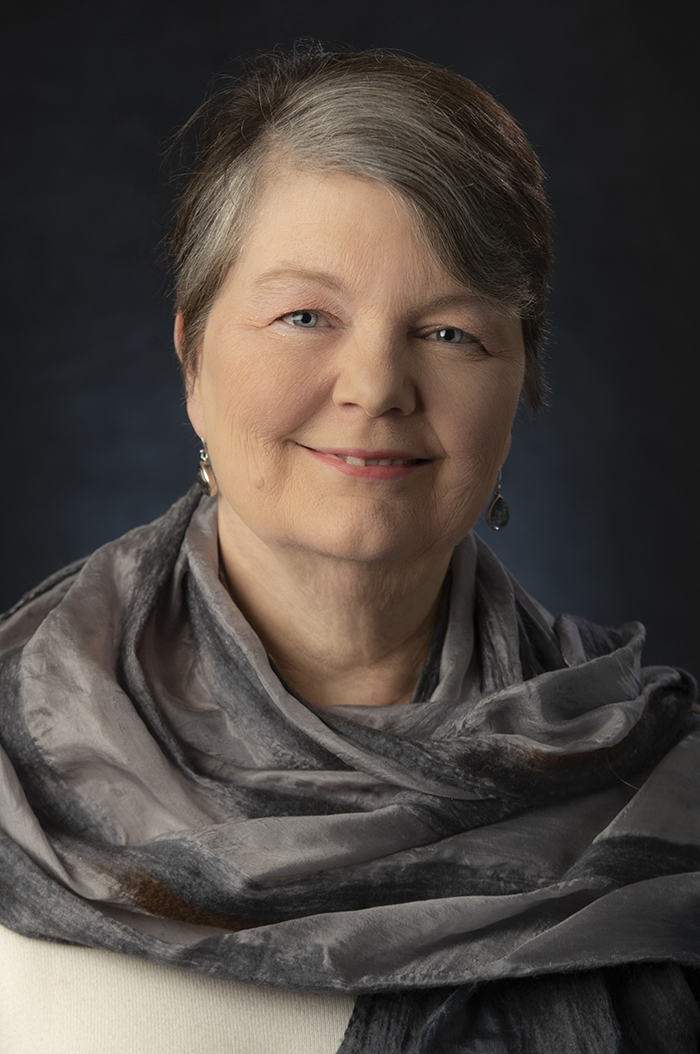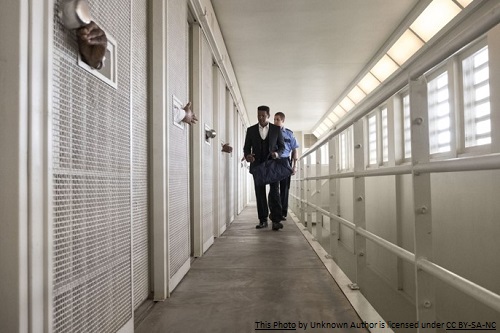By: Barbara Glesner Fines, Dean and Rubey M. Hulen Professor of Law, UMKC School of Law
To help students through the professional identity formation process, and to fulfill the ABA accreditation standard, we as faculty members will need to shift our thinking about what it means to educate law students. Three aspects of this process will require us to develop new competencies as educators.
Professional identity formation requires us to shift our stance from teacher to mentor/coach
The primary pedagogies for guiding students through the socialization process require faculty to engage students in reflection on their observations and experiences, and provide coaching and feedback on those reflections and the students’ plans for further development. Conversation, as opposed to lecture or simulation, becomes the primary vehicle for this coaching and mentoring. A far more personal and individualized approach to students is required to effectively guide students through formation. This approach entails sharing control of learning with students rather than viewing our primary role as directing that learning. We will not fully capture or guide the formation process unless we recognize that much of this process will be outside of our control; in fact, to be effective, it must be outside of our control. To develop into self-directed lifelong learners (one central part of an attorney’s professional identity) students must be empowered to make choices about (1) finding opportunities for observation and experiences, (2) methods of reflection, and (3) seeking feedback on those experiences.
Professional identity formation requires us to shift our perception of where learning takes place
Law faculty spend a great deal of time focusing on the learning that occurs in the classroom and the clinic during the academic year. However, students form their perceptions of what it means to be a lawyer from all aspects of their experiences during law school. They learn about the role of professional peer relationships in their study groups, activities, and student organizations. They learn about the relationships of attorneys to other professionals by observing the interactions between faculty and staff or between attorneys in the community and other professionals. In so many other ways, professional formation takes place in the parts of the law school experience that have been characterized as the “hidden curriculum.”[1] For faculty to effectively and intentionally guide students in their professional formation, we must recognize the opportunities for formative experiences that we otherwise think of as “outside” and “other.” We can encourage students to seek these out and reflect on how these experiences have shaped their conception of themselves as attorneys.
Professional identity formation requires faculty to work together in building a meaningful program
The students’ experience-reflection-coaching cycle must occur over time and across activities. As the ABA Interpretation 303-5 comments, “developing a professional identity requires reflection and growth over time . . . in a variety of courses and co-curricular and professional development activities.” Moreover, the process will necessarily be highly individualized, as each law student must not only develop themselves as professionals, but they must also integrate that identity into the many other identities that they carry. Law faculty do not often approach their teaching (or research for that matter) as collaborations but as independent roles.[2] Professional identity formation requires that we recognize that our work with individual students will be layered upon and integrated with the work of our colleagues. That means we must work toward regular conversations and collaborations among the faculty about that work. Rather than thinking about ourselves as individual faculty members guiding our group of students (one to many), we must work as a collective to build programs that guide each individual student on their separate journey (many to one).
Please email me at bglesnerfines@umkc.edu if you have any questions or comments about this post.

Barbara Glesner Fines is the Dean and Rubey M. Hulen Professor of Law at the University of Missouri-Kansas City School of Law.
[1] David M. Moss, The Hidden Curriculum of Legal Education: Toward a Holistic Model for Reform, 2013 J. Disp. Resol. 19, 22 (attributing the concept to sociologist Philip Jackson).
[2] Christine Cerniglia Brown, Professional Identity Formation: Working Backwards to Move the Profession Forward, 61 Loy. L. Rev. 313, 318 (2015) (stating that “thoughtful curricular design highlights core values essential to professional identity formation; however, such a design requires a substantial amount of planning and collaboration among colleagues who may have different viewpoints”).



